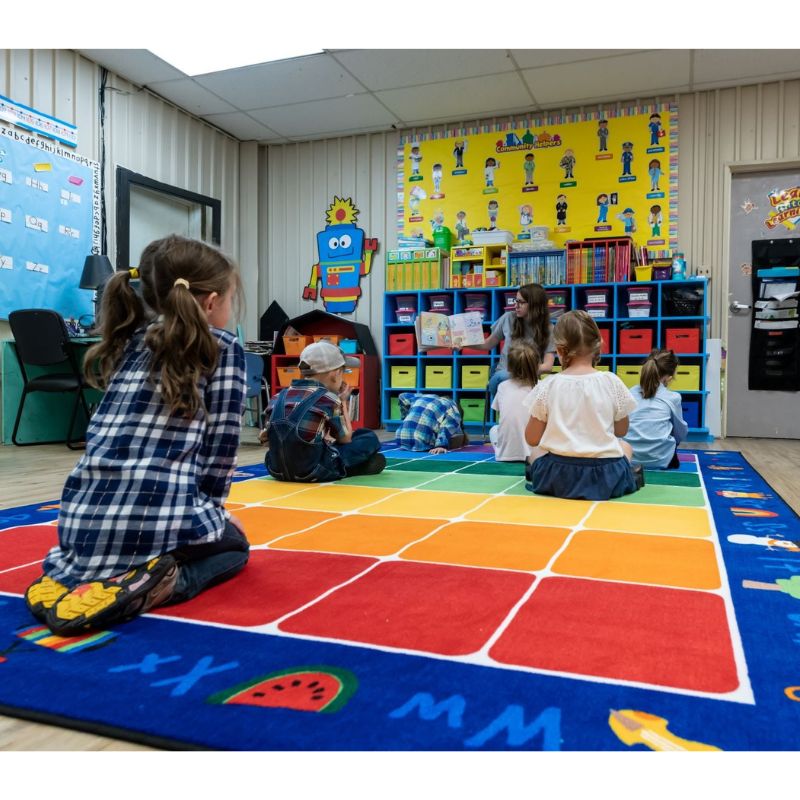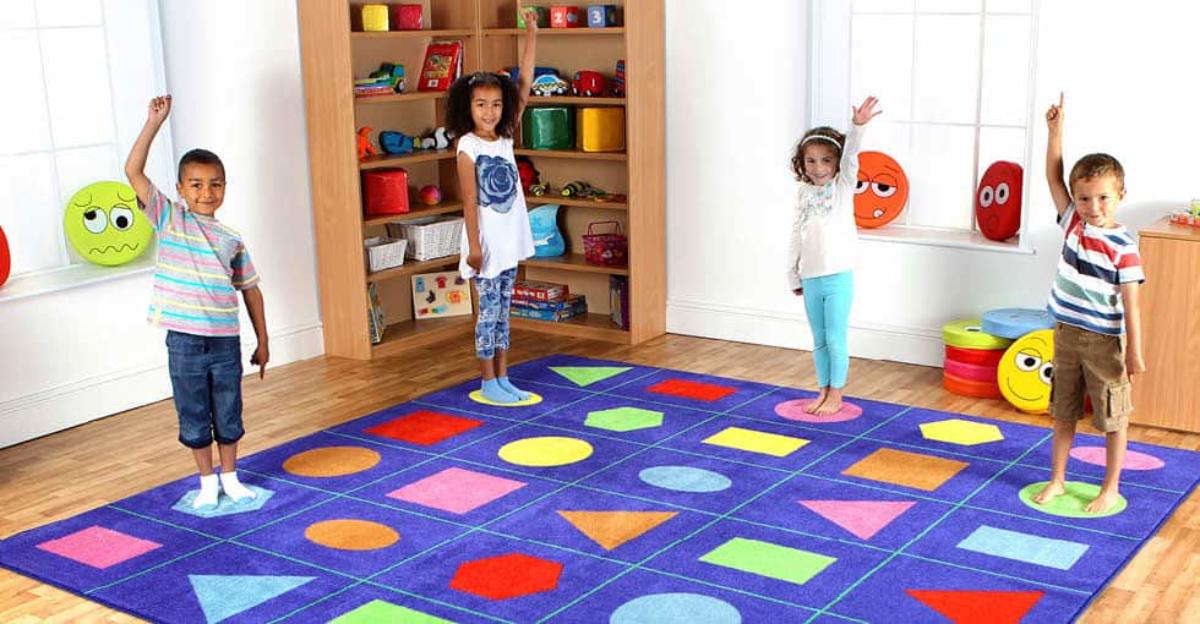Creating Interactive Learning Zones with Educational Rugs for Active Engagement
In the evolving landscape of education, innovative strategies to foster active engagement in young learners are more essential than ever. One such approach that has gained popularity is the use of educational rugs to create interactive learning zones. These rugs are not just decorative floor coverings but dynamic tools that can transform any space into a stimulating educational environment. By incorporating interactive elements, these rugs can engage children in a variety of learning activities, from literacy and numeracy to geography and social skills. Additionally, the use of machine washable outdoor rugs ensures that these educational spaces remain clean and hygienic, making them suitable for both indoor and outdoor learning experiences.
The Role of Educational Rugs in Interactive Learning
Educational rugs serve as versatile learning aids that can support various teaching methodologies. They are particularly effective in early childhood education, where sensory and experiential learning are crucial. Rugs with alphabet designs, numbers, shapes, maps, and themed illustrations can facilitate a wide range of educational activities. For instance, an alphabet rug can be used for letter recognition games, phonics practice, and spelling exercises, while a map rug can introduce children to geography and world cultures.

Design Considerations for Educational Rugs
When designing educational rugs, several key factors need to be considered to maximize their educational impact and durability:
Content and Imagery: The design should be visually appealing and age-appropriate, incorporating bright colors and engaging illustrations. The content should align with educational goals, such as reinforcing classroom lessons or introducing new concepts.
Interactive Elements: Rugs should include features that promote active participation. This can include game boards, hopscotch patterns, or paths for movement activities. Interactive elements encourage physical activity, which is linked to improved cognitive function and memory retention.
Durability and Safety: Educational rugs must withstand heavy use and frequent cleaning. Materials should be non-toxic, hypoallergenic, and have a non-slip backing to ensure safety.
Machine washable outdoor rugs are an excellent option, offering durability and ease of maintenance, especially for settings like playgrounds or outdoor classrooms.
Versatility: The design should cater to a variety of activities and age groups. Modular rugs or those with interchangeable panels can adapt to different learning themes and classroom needs.

Benefits of Educational Rugs
Enhancing Cognitive Skills: Educational rugs with numbers, letters, and shapes can improve literacy and numeracy skills. Interactive designs help children make connections between visual elements and concepts.
Encouraging Physical Activity: Movement-based learning activities, such as stepping on letter tiles or jumping between shapes, promote physical fitness and coordination. This active engagement is beneficial for children's overall development.
Promoting Social Interaction: Group activities conducted on educational rugs foster teamwork, communication, and social skills. Collaborative games and shared learning experiences enhance peer relationships and build a sense of community.
Flexible Learning Environments: Educational rugs can be easily integrated into various learning spaces, from traditional classrooms to libraries and outdoor areas. Their portability allows for flexible teaching setups and spontaneous learning opportunities.
Conclusion
Interactive learning zones equipped with educational rugs are a powerful tool for fostering active engagement and holistic development in young learners. By carefully considering the design, durability, and versatility of these rugs, educators can create enriching and dynamic learning environments. The inclusion of machine washable outdoor rugs further enhances the practicality and functionality of these spaces, making education both fun and sustainable. As we continue to explore innovative educational strategies, the potential of interactive learning zones remains vast, promising exciting possibilities for the future of education.
Ideas, requests, problems regarding TWiki? Send feedback
